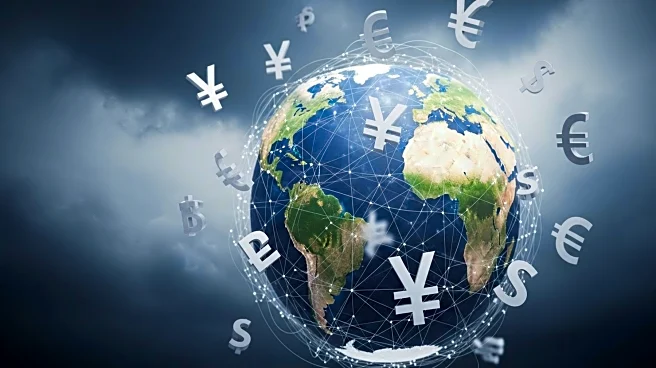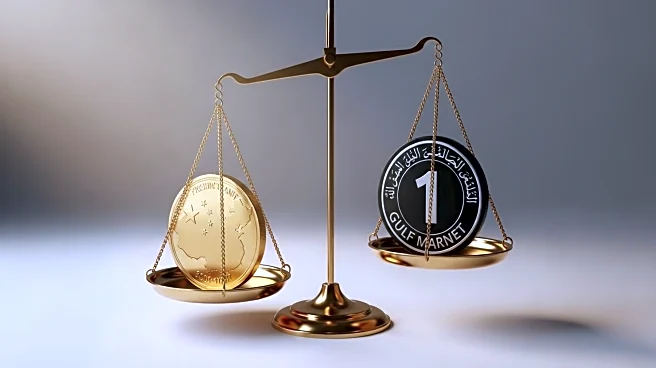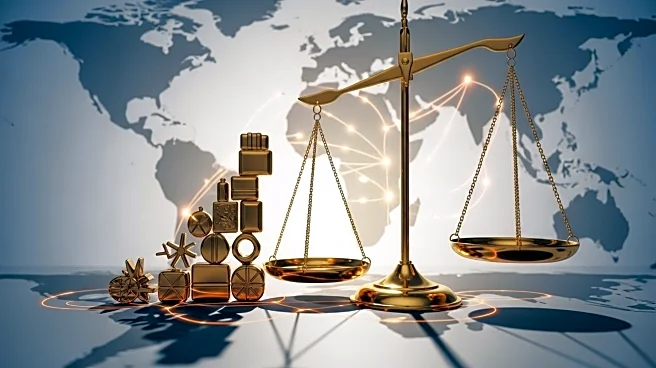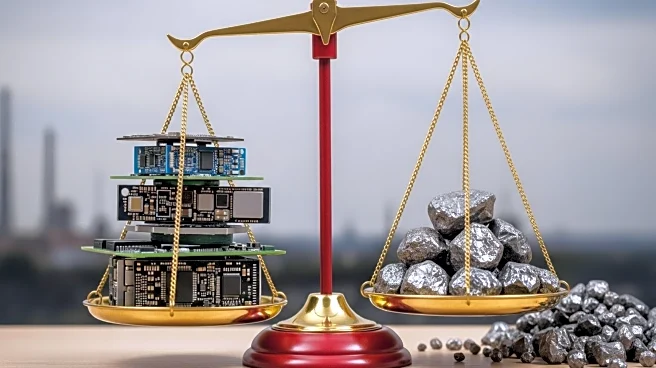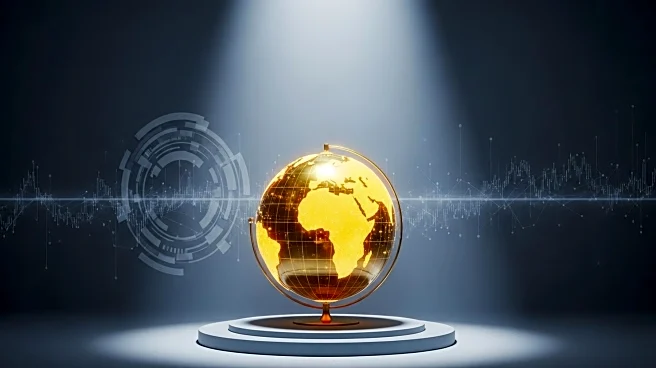What's Happening?
European markets are poised to open lower following President Trump's threat to impose new tariffs on China. This move comes in response to China's recent export controls on rare earth minerals, which are vital for high-tech industries such as automobiles, defense, and semiconductors. China holds approximately 70% of the global supply of these minerals. The threat of increased tariffs has created tension in the markets, reversing the positive sentiment seen earlier in the week. Despite the initial threat, President Trump later suggested that trade relations with China might remain stable, which has led to some uncertainty among investors.
Why It's Important?
The potential imposition of tariffs by the U.S. on China could have significant implications for global trade and economic stability. Rare earth minerals are crucial for various industries, and any disruption in their supply could affect production and technological advancement. The uncertainty surrounding trade relations between the U.S. and China may lead to increased volatility in global markets, impacting investor confidence and economic growth. Industries reliant on these minerals, such as technology and defense, could face challenges in sourcing materials, potentially leading to increased costs and production delays.
What's Next?
If President Trump proceeds with the tariff increases, it could escalate trade tensions between the U.S. and China, potentially leading to retaliatory measures from China. This could further strain international trade relations and impact global economic growth. Investors and businesses will be closely monitoring developments to assess the potential impact on their operations and strategies. The situation may also prompt discussions among policymakers and industry leaders on diversifying supply chains to reduce dependency on Chinese rare earth minerals.
Beyond the Headlines
The ongoing trade tensions highlight the geopolitical complexities of global supply chains, particularly in the high-tech sector. The reliance on a single country for critical resources underscores the need for strategic diversification and investment in alternative sources. This situation may drive innovation in the extraction and processing of rare earth minerals, as well as increased investment in domestic production capabilities.



